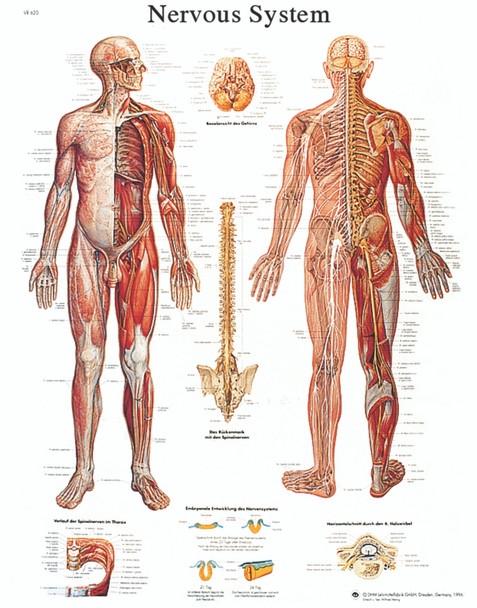Organ Charts: A Vital Tool in Education and Clinical Settings
When it comes to visualizing and understanding the complex structures within our bodies, nothing quite compares to the usefulness of an organ chart. These detailed depictions of the organs in the body serve as valuable tools for both educational purposes and clinical settings. Whether you're a student learning about human anatomy, a healthcare professional explaining a diagnosis, or a patient seeking to understand your treatment, these charts make the abstract tangible.
What is an Organ Chart?
An organ chart is a visual representation of the major human body organs. These charts often display each organ's size, shape, and location relative to other structures. An effective organ diagram allows for easy identification of the heart, lungs, liver, kidneys, brain, and other essential organs. Some charts even break down body systems, such as the digestive, respiratory, circulatory, or nervous systems, to provide a focused view of how organs interact and function together.
In educational settings, these charts are a staple in anatomy and biology classrooms. They provide students with a picture of body organs that helps solidify the learning process, turning theoretical concepts into visually understandable structures. In clinical settings, they serve as practical tools for doctors, therapists, and patients, improving communication and understanding.
The Role of Organ Charts in Medical Education
For anyone pursuing a career in healthcare, the study of human anatomy is foundational. Human anatomy charts are essential in teaching environments, allowing students to grasp the spatial relationships between organs. As the saying goes, "a picture is worth a thousand words." This is especially true when discussing complex body systems, where a chart can simplify how, for example, the heart works within the circulatory system or how the liver plays a role in both the digestive and endocrine systems.
An organ diagram can also be used in more advanced settings, such as medical schools or specialized clinical training, to teach future doctors and nurses how to diagnose and treat illnesses related to specific organs.
Organ Charts in Clinical Settings
Doctors, physical therapists, and other healthcare professionals often rely on organ charts during consultations and procedures. For patients, these charts provide an easily understandable picture of body organs that can explain symptoms, procedures, or treatments. For instance, a patient experiencing pain in the upper abdomen might be shown a chart highlighting the stomach, pancreas, and liver to better understand potential diagnoses.
By using an organ diagram during consultations, doctors can break down complex medical jargon and help patients grasp what’s happening in their bodies. Whether it's pointing to the lungs in a discussion about asthma or the kidneys when explaining a urinary tract infection, these charts bridge the gap between doctor and patient.
Understanding Body Systems
Many organ charts are organized by body systems, which helps focus on how groups of organs work together. For example, charts depicting the respiratory system might highlight the lungs, trachea, and diaphragm, while charts focusing on the digestive system will display the stomach, intestines, and liver.
By focusing on body systems, healthcare professionals can target specific conditions or treatments, ensuring a clear understanding of how a problem in one organ might affect the entire system. A patient with cardiovascular issues, for example, would benefit from seeing how the heart, blood vessels, and lungs work together to pump oxygenated blood throughout the body.
Conclusion
Whether used in a classroom or a clinic, organ charts are invaluable tools. They provide a clear, visual way to understand the placement and function of human body organs, making it easier for students, patients, and medical professionals to communicate and learn. From breaking down complex body systems to providing an intuitive picture of body organs, these charts remain an essential part of both education and healthcare. The next time you see an organ chart, take a moment to appreciate just how much it simplifies our understanding of the incredible complexity of the human body.
Related Blog Post:
Anatomical Models and Charts: Tools of the Trade in Healthcare
Recent Posts
-
Acupuncture vs. Dry Needling: What’s the Difference?
At first glance, acupuncture and dry needling might seem identical. Both involve inserting thin need …Jun 11th 2025 -
What Is Dry Needling? A Modern Approach to Pain Relief and Muscle Recovery
Chronic muscle pain, tension, and restricted movement can significantly impact your daily life, sign …Jun 11th 2025 -
The Kinetic Chain and Its Importance?
The kinetic chain is a key principle in physical therapy, referring to the way muscles, joints, and …Apr 18th 2025




